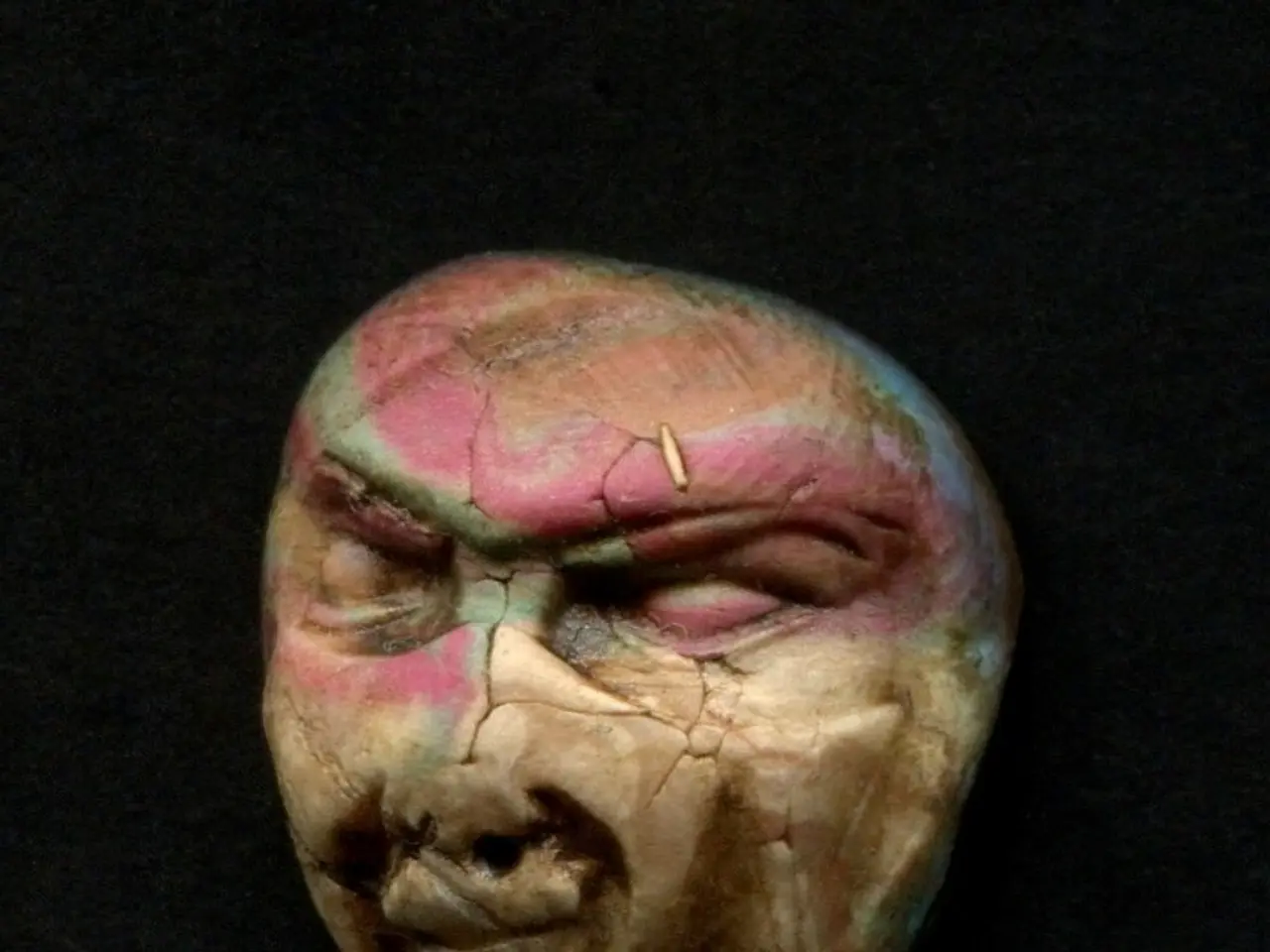Understanding and Resolving GPU Artifacting Issues: A Comprehensive Guide
In the realm of computer troubleshooting, one issue that can cause significant visual disturbances is GPU artifacting. This problem, which manifests as distortions, flashes, lines, and pixelation on your screen, could indicate that your Graphics Processing Unit (GPU) is running too hot or not working properly.
Luigi Oppido, the host of The Computer Man Show! broadcasted on KSQD, and co-author Travis Boylls, have provided a comprehensive guide to help you tackle this issue. With over 25 years of experience in general computer repair, data recovery, virus removal, and upgrades, Oppido's expertise shines through in this informative article.
Common solutions for fixing GPU artifacting in computers include these key steps:
- Check and update graphics drivers: Completely uninstall current drivers using tools like Display Driver Uninstaller (DDU) in Safe Mode, then reinstall the latest drivers with a clean installation option.
- Monitor and reduce GPU temperatures: Overheating is a frequent cause of artifacting. Ensure your GPU cooling system works properly, clean dust from fans, and consider reapplying thermal paste if needed.
- Disable overclocking: If your GPU or VRAM is overclocked, return it to default clock speeds to rule out instability causing artifacting.
- Power supply health: Verify that your Power Supply Unit (PSU) provides adequate and stable power to the GPU, as insufficient power can lead to artifacting and crashes.
- Reset hardware and software configurations: Disable and re-enable the graphics card via Device Manager, reboot the system to refresh hardware status, and reset any custom GPU settings to default.
- Check for BIOS/UEFI and firmware updates: Updating motherboard BIOS and enabling PCIe features like "Above 4G Decoding" or Resizable BAR support can resolve detection and compatibility issues that might manifest as artifacting.
- Manage system conflicts and background processes: Temporarily disable services like NVIDIA Container and close overlay or third-party tools that might interfere with GPU operation.
- Address specific scenarios: For example, artifacting triggered by HDR and 10-bit color modes can be a silicon hardware limitation, sometimes only partially fixable by hardware replacement.
In summary, artifacting often stems from driver issues, overheating, unstable overclocking, power insufficiency, or hardware faults. Start by updating and reinstalling drivers cleanly, ensure proper cooling, revert overclocks, verify power adequacy, and keep system firmware current.
It's also important to note that your GPU should be running at about 60°C-70°C during normal usage and up to 90°C during intense gaming. You can check your GPU's temperature using Task Manager or third-party tools like MSI Afterburner.
Luigi Oppido, the Owner and Operator of Pleasure Point Computers in Santa Cruz, California, encourages readers to approach these issues with patience and thoroughness. By following the steps outlined in this article, you can significantly improve your chances of resolving GPU artifacting and enjoying a smoother, more visually appealing computing experience.
[1] Boylls, T., & Oppido, L. (2022). Fixing GPU Artifacting: A Comprehensive Guide. Retrieved from https://www.pleasurepointcomputers.com/blog/fixing-gpu-artifacting-a-comprehensive-guide/
[2] Display Driver Uninstaller. (n.d.). Retrieved from https://www.wagnardsoft.com/display-driver-uninstaller-ddu
[3] MSI Afterburner. (n.d.). Retrieved from https://www.msi.com/Landing/dragon-center/gaming-mode/afterburner
[4] Microsoft Corporation. (n.d.). Task Manager. Retrieved from https://docs.microsoft.com/en-us/windows-server/administration/windows-commands/taskmgr
[5] Oppido, L. (n.d.). HDR and 10-bit Artifacting: A Deep Dive. Retrieved from https://www.pleasurepointcomputers.com/blog/hdr-and-10-bit-artifacting-a-deep-dive/
How to address GPU artifacting in data-and-cloud-computing technology can be found in general-news articles like Luigi Oppido's comprehensive guide, which covers solutions from checking and updating graphics drivers to managing system conflicts and background processes. In sports, training one's patience and thoroughness, as Luigi Oppido encourages, can lead to significantly improving one's chances of resolving GPU artifacting and enjoying a smoother, more visually appealing computing experience, much like mastering challenging sporting techniques.




